Japanese traditional architecture is supported by Miyadaiku (宮大工), master carpenters specializing in temple and shrine construction. One of the most astonishing features of their work is that they build structures without using a single nail!
While modern buildings rely on screws, glue, and metal fasteners, Miyadaiku use an ancient technique called “wood joinery” (木組み, Kigumi) to interlock wooden pieces with extreme precision. This exceptional craftsmanship has allowed wooden buildings in Japan to last for over a thousand years.
1. Who Are Miyadaiku?
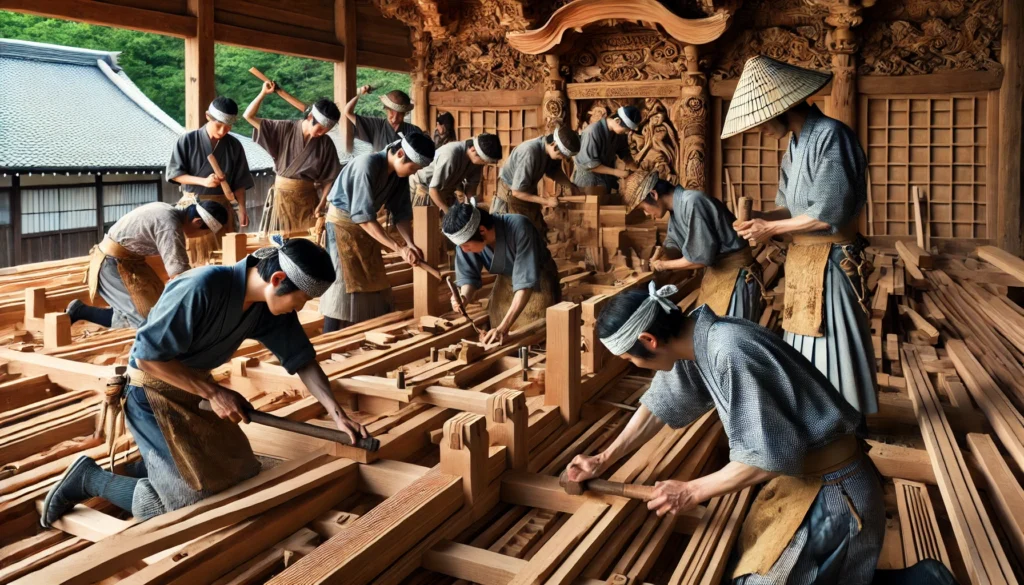
Miyadaiku are highly skilled carpenters specializing in traditional wooden structures, such as temples, shrines, and castles. Unlike regular carpenters, they use intricate joinery techniques to create buildings that are both strong and beautiful.
Their role is not just to build new structures but also to preserve and restore historical buildings that have stood for centuries. This requires a deep understanding of wood properties, advanced craftsmanship, and an appreciation of architectural aesthetics.
2. The Secret Behind Nail-Free Construction: Wood Joinery (Kigumi)
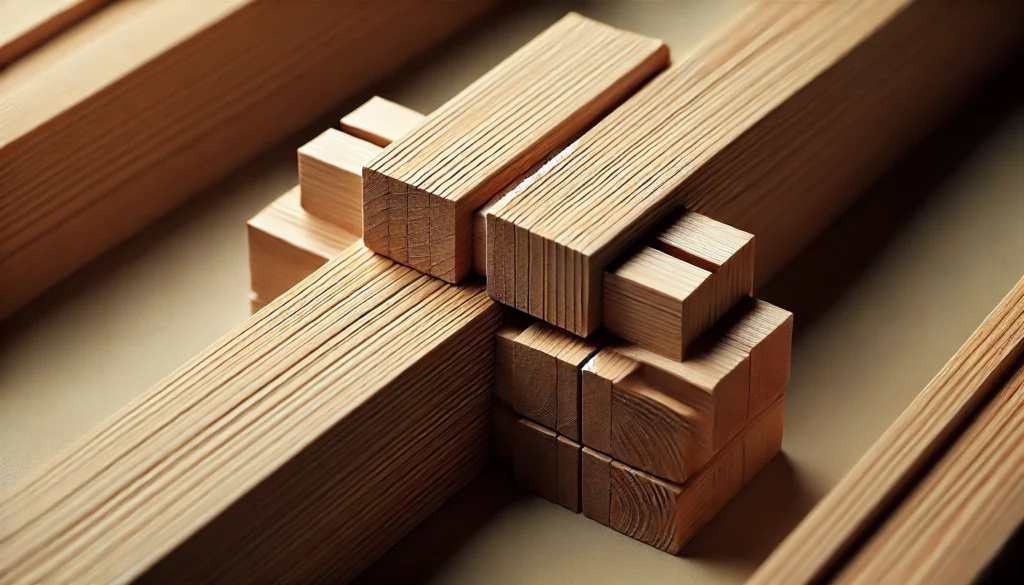
The core technique that sets Miyadaiku apart is “Kigumi” (木組み), or traditional wood joinery.
Instead of using nails, they carve precise shapes into wooden beams so that they fit together like puzzle pieces.
Imagine assembling furniture without screws or glue—just perfectly cut wood locking together! That’s what Miyadaiku do, but on a much larger and more sophisticated scale.
There are two main methods used in Kigumi:
• Extending wood without breaking its strength: Since ancient Japan lacked large timber, shorter pieces had to be connected seamlessly.
• Locking beams and pillars together without metal parts: Carefully cut wooden joints ensure the structure is both stable and flexible.
This technique allows traditional buildings to remain standing for hundreds or even thousands of years!
3. Why Are Nail-Free Buildings So Strong?
You might wonder, “Can a building really be sturdy without nails?” The answer is yes, and even stronger! Here’s why:
① Earthquake Resistance
Japan experiences frequent earthquakes, yet five-story pagodas have stood for over a thousand years without collapsing.
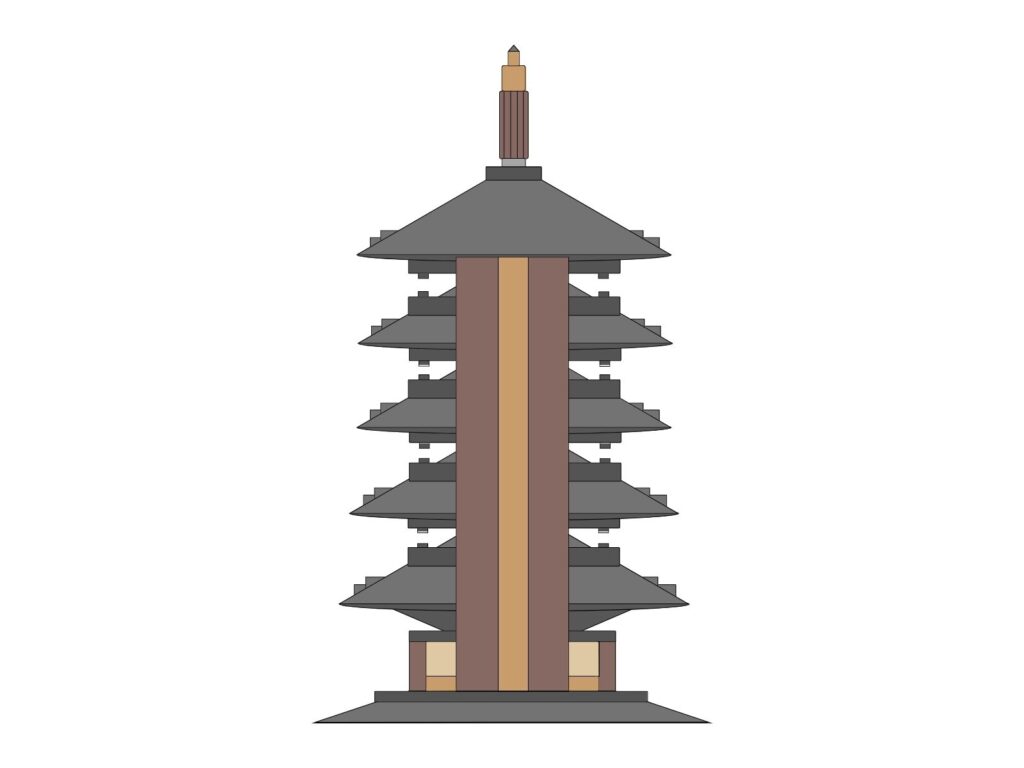
This is thanks to a central pillar called the “Shinbashira” (心柱), which absorbs shocks and allows the structure to flex instead of breaking.
This concept is so effective that it was adapted into modern architecture, including Tokyo Skytree.
Tokyo Skytree, the world’s tallest tower (634m), incorporates a “central pillar vibration control system,” inspired by the traditional pagoda structure. The Shinbashira in the Skytree acts as a counterweight, reducing sway and making the tower more resistant to earthquakes and strong winds.
② Long-Lasting Durability

Nails and screws can rust and weaken over time. However, wooden joints breathe and naturally adjust to changes in humidity, preventing decay. This is why buildings like Hōryū-ji Temple have survived since the 7th century.
③ Aesthetic Beauty
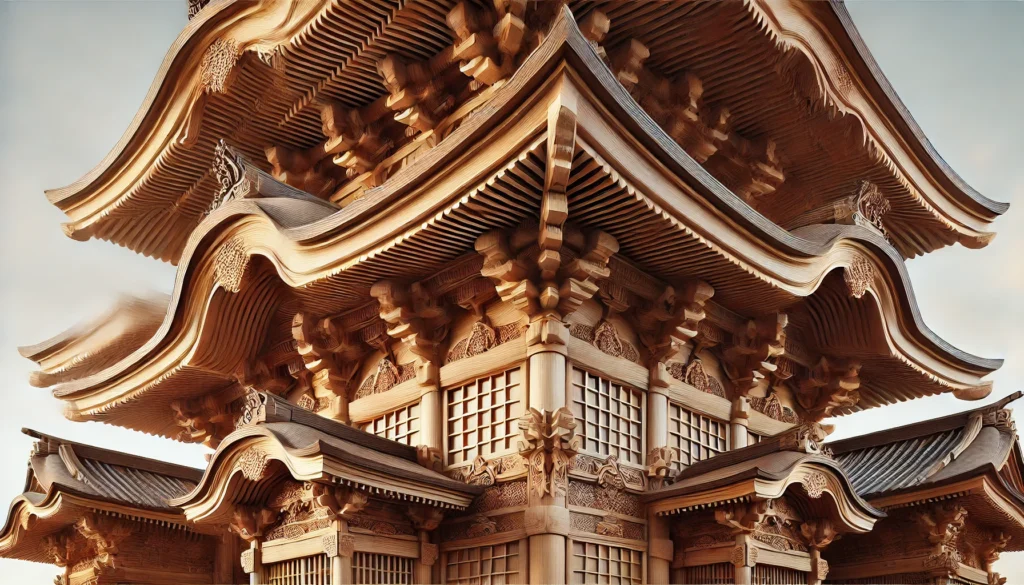
Without nails, the natural patterns and textures of wood remain untouched, creating a visually seamless and elegant structure. This is especially evident in the elaborate carvings of temples like Nikkō Tōshō-gū.
4. Famous Masterpieces Built by Miyadaiku
Here are some incredible examples of Miyadaiku craftsmanship that have stood the test of time:
① Hōryū-ji Temple (法隆寺)
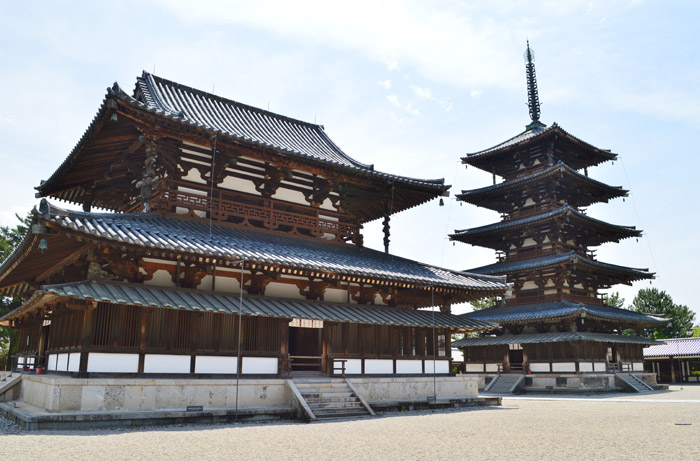
• The world’s oldest wooden building (built in 607 AD, over 1,300 years ago).
• Entirely constructed using Kigumi techniques, without a single nail!
② Tōdai-ji Daibutsuden (東大寺大仏殿)
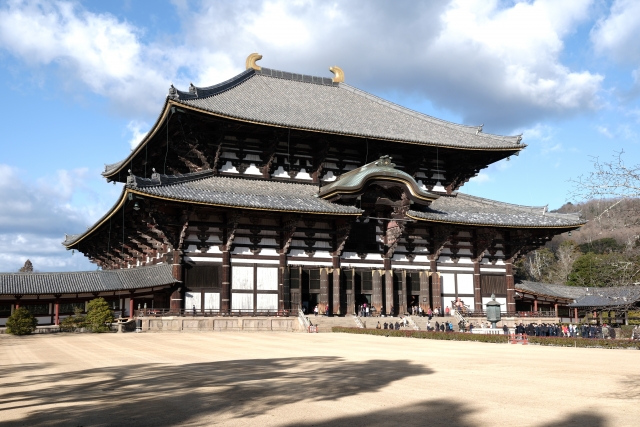
• One of the largest wooden buildings in the world.
• Originally built in the 8th century and reconstructed using Miyadaiku techniques.
③ Nikkō Tōshō-gū Shrine (日光東照宮)
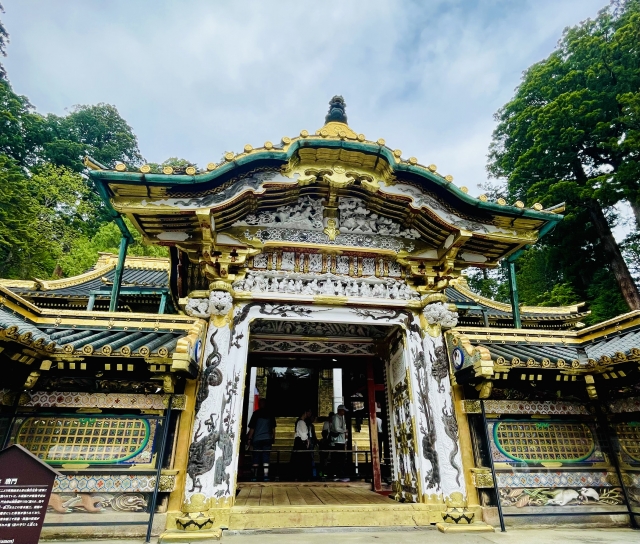
• A temple known for its incredibly intricate wooden carvings.
• Every part of the structure was carefully assembled using wood joinery, making it a masterpiece of traditional craftsmanship.
5. Why Foreigners Are Shocked by Miyadaiku Skills
When foreigners learn about Miyadaiku, they are often amazed by these facts:
• “How can buildings stand without nails? That’s unbelievable!”
• “A 1,000-year-old wooden building still exists? That’s crazy!”
• “It’s totally different from European Gothic architecture, yet just as strong!”
• “How does it withstand earthquakes?”
The secret lies in careful design, precise woodwork, and centuries of passed-down expertise. It’s an art that few in the world can match.
Conclusion
The skills of Miyadaiku are not just a relic of the past; they are a testament to the ingenuity and craftsmanship of Japanese culture.
By building structures without nails, they have created some of the world’s most durable, earthquake-resistant, and visually stunning buildings.
Even modern skyscrapers like Tokyo Skytree have borrowed ancient Miyadaiku techniques to improve their resilience against earthquakes.
If you ever visit Japan, be sure to explore places like Hōryū-ji, Tōdai-ji, and Nikkō Tōshō-gū to witness Miyadaiku’s extraordinary work firsthand!
At WTF JAPAN!?, we’ll continue to uncover the mind-blowing aspects of Japan!
Stay tuned for more incredible stories!

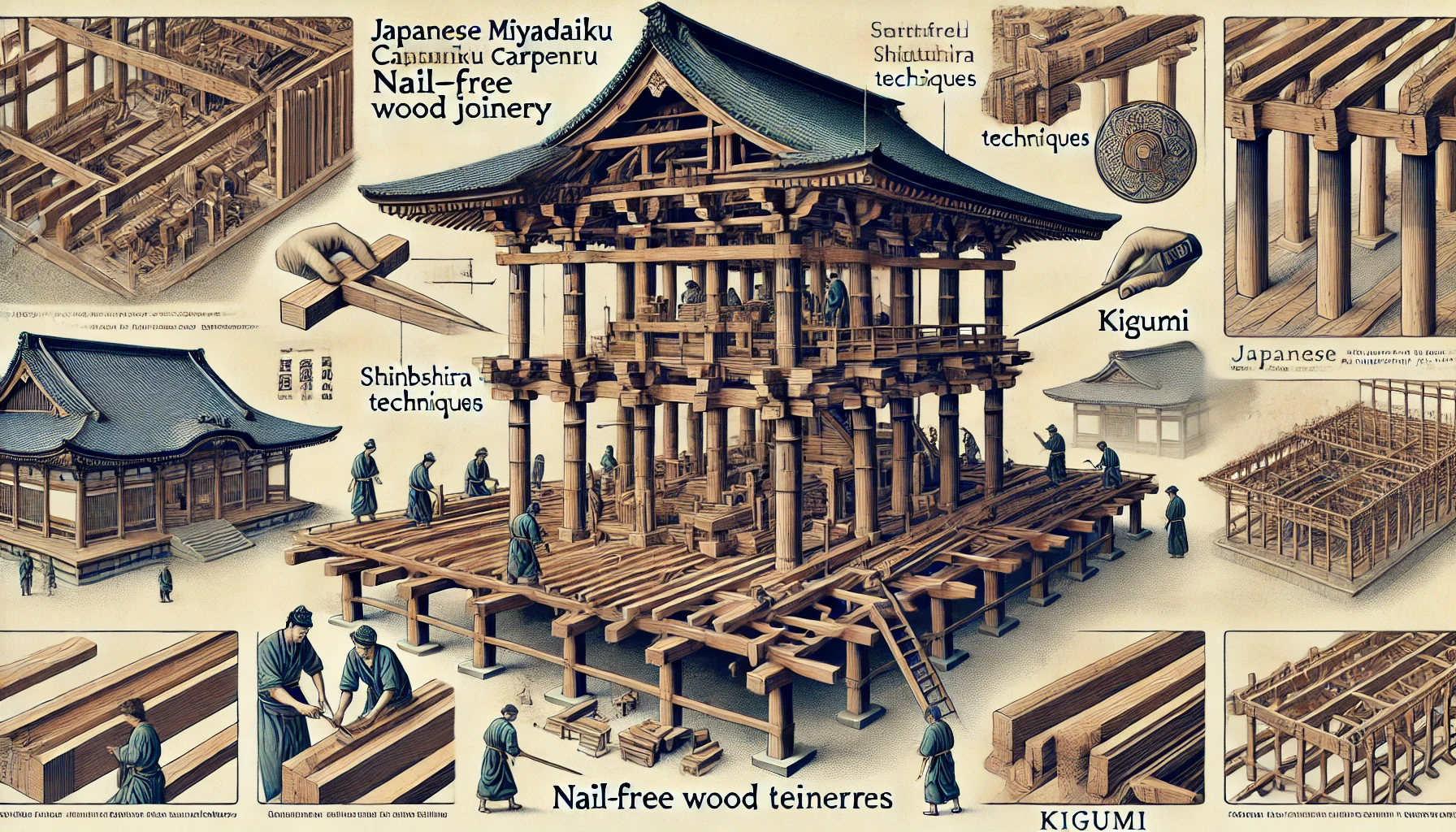


Comments